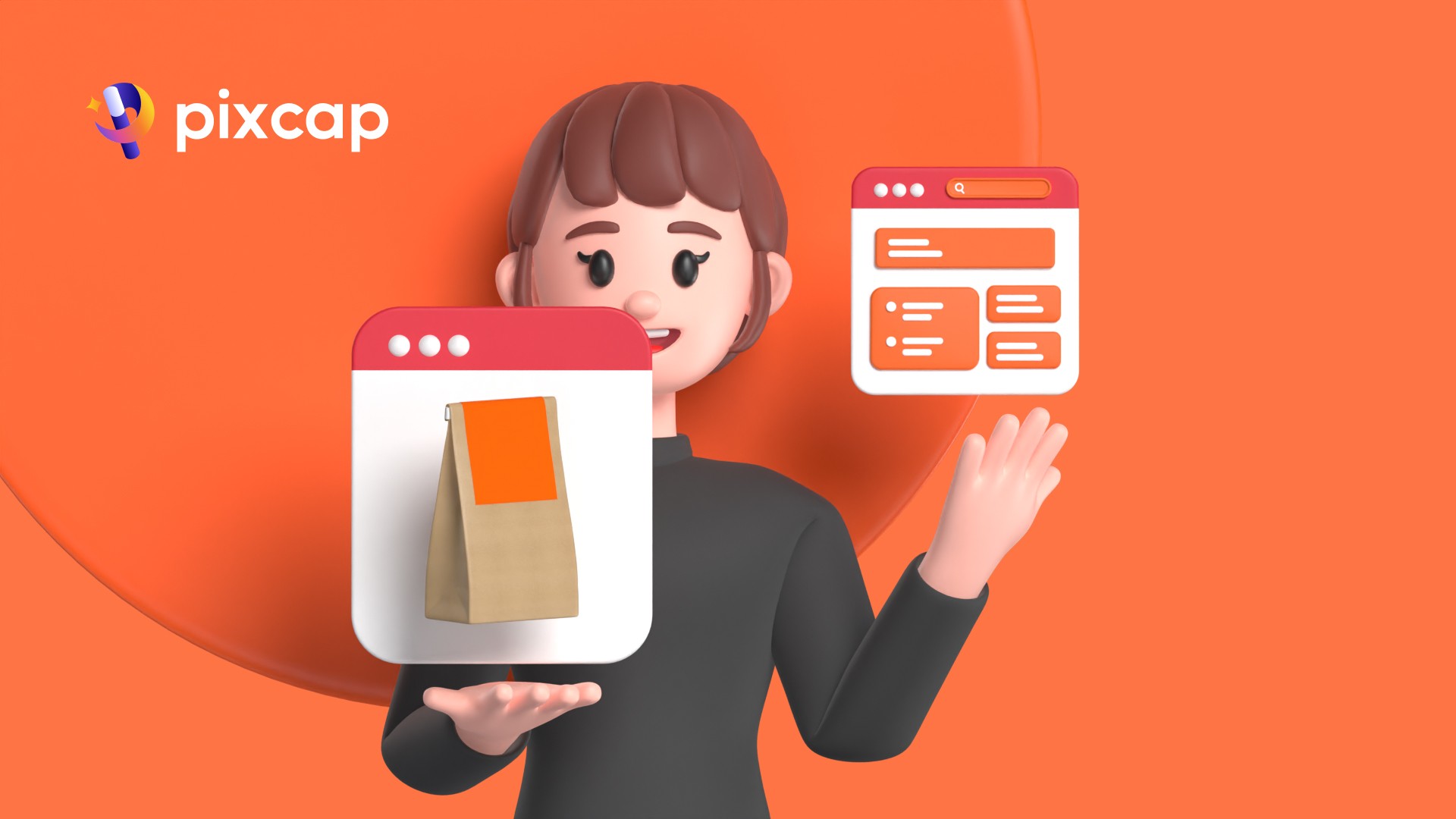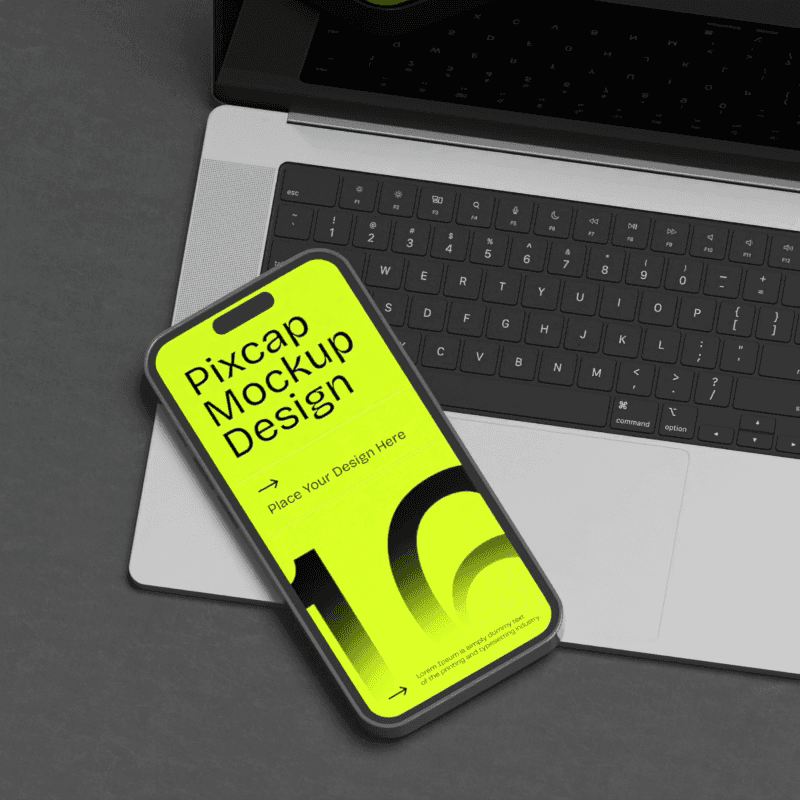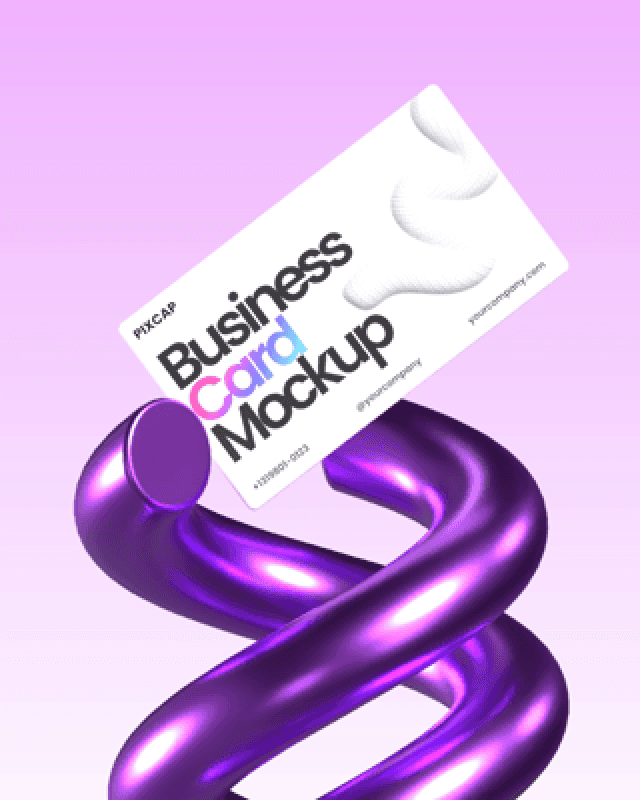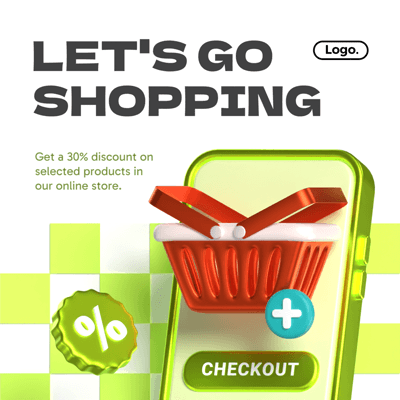In the world of digital design, there are two key disciplines that play a vital role in creating successful user experiences: product design and UX design. While these terms are often used interchangeably, they are distinct fields with different focuses and goals.
Understanding the difference between product designers and UX design is essential for professionals in the digital design industry, as well as for businesses looking to create engaging and user-friendly digital products.
Product design primarily revolves around the creation of physical or digital products, focusing on functionality, aesthetics, and ergonomics. On the other hand, user experience (UX) design centers around understanding the end-users' needs, behaviors, and preferences to create intuitive and enjoyable interactions with digital products or services.
By exploring the nuances between these two disciplines, designers and businesses can optimize their digital designs and deliver exceptional user experiences.
What Is Product Design?
Foundations of Product Design
Product design is the process of creating a new product to be sold by a business to its customers. It involves a holistic approach that combines form, fit, and function to create products that are not only aesthetically pleasing but also fully functional and easy to use.
The foundations of product design are deeply rooted in understanding the problem that needs to be solved and the people who will use the product. Designers must consider the entire lifecycle of a product, from the initial concept and entire design process to the manufacturing process, and finally, to its usability in the real world. They focus on material selection, manufacturing techniques, and ensuring the product meets certain quality and regulatory standards. In essence, product design is about problem-solving with a creative and practical approach to develop products that meet user needs and enhance their experience.
Key Considerations in Product Design
When delving into product design, several key considerations must be taken into account to ensure a successful outcome.
Functionality is paramount; the product must perform its intended purpose effectively. User-centric design is also crucial, which means understanding the target audience's needs and preferences to create a product that is both useful and user-friendly.
Aesthetics can't be overlooked, as the product's appearance often influences consumer purchase decisions.
Durability and sustainability are increasingly important in a world focused on environmental impact, leading designers to choose materials and methods that minimize waste and energy consumption.
Cost efficiency is another significant factor for product designer, as the product must be economically viable to produce and sell at a competitive price point.
Lastly, adaptability plays a role in product design, ensuring that the product can evolve with changing technology and user expectations. All these considerations are intertwined, creating the complex tapestry of effective product design.
Real World Applications of Product Design
Product design finds its application in nearly every industry, from consumer electronics that require high usability and innovative features, to medical devices that prioritize safety and precision.
In the tech industry, for instance, product design is crucial in the user experience designers delivering devices that are not only powerful but also intuitive and engaging for users.
In the automotive sector, product design shapes the functionality and user experience of the vehicle, along with its safety and efficiency.
Even in more traditional fields like furniture manufacturing, product design is key to creating pieces that are both functional and aesthetically pleasing, often reflecting current trends and consumer preferences.
Sustainable design is also a growing field within product design, focusing on creating products with minimal environmental impact.
These real-world applications show how product design plays a fundamental role in shaping the objects and tools we use every day, constantly pushing the boundaries of innovation and user experience.
What Is UX Design?
Defining User Experience (UX) Design
User Experience (UX) Design is about enhancing user satisfaction by improving the usability, accessibility, and pleasure provided in the interaction between the user and the product.
Unlike product design, which is concerned with the physical aspects of a product, UX design focuses on the experience a user has when interacting with a product, regardless of its form. This encompasses all aspects of how user experience design and the end-user's interaction with the company, its services, and its products.
Good UX design is not just about creating a usable product, but also about making the experience of using that product memorable and enjoyable. UX designers work on creating seamless paths for users, anticipating user needs, and designing holistic experiences that are intuitive and accessible. They employ a variety of tools and techniques, such as user research, persona creation, user flows, and wireframes, to craft experiences that aim to meet or exceed user expectations.
Browse 10,000+ UX design icons, illustrations, and graphics in the Pixcap library. Download free and premium assets for your design projects.

Critical Components of UX Design
UX design is composed of several critical components that together create a comprehensive user experience.
User research is fundamental, as understanding the audience is the first step in designing for their needs.
Information architecture is another key component, organizing content and information in a way that is logical and easy to navigate.
Interaction design involves designing the user interface itself and how users interact with it, ensuring that the interactions are intuitive and efficient.
Visual design then brings aesthetics into the equation, making sure that the product is not only functional but also visually appealing.
Usability is the component that ensures the product is easy to use and that users can achieve their goals with minimal effort.
Accessibility is increasingly important, as products should be usable by people of all abilities.
Finally, testing is crucial, with iterative improvements based on real user feedback ensuring the product meets its intended UX goals. These components are interrelated and must be balanced to create a successful user experience.
The Impact of Efficient UX Design
Efficient UX design can have profound impacts on both the user and the business. For the user, a well-designed UX can lead to a smoother, more intuitive interaction with the product, resulting in a positive experience that increases satisfaction and loyalty.
From a business perspective, good UX design can translate into higher engagement rates, more conversions, and reduced customer churn, directly affecting the bottom line.
Moreover, efficient UX design often leads to reduced development costs in the long term. By identifying and solving user problems early in the design process, businesses can avoid costly revisions and redesigns post-launch.
It also contributes to the brand's reputation; a company known for delivering excellent user experiences sets itself apart in competitive markets.
In summary, the impact of efficient UX design is far-reaching, offering benefits that include enhanced usability, increased customer satisfaction, and stronger financial performance.
Drawing the Line: Product Design vs UX Design
Overlapping Concepts in Product and UX Design
While product design and UX design are distinct disciplines, they share common ground in several key areas.
Both are deeply concerned with solving user problems and enhancing user satisfaction. They achieve this by focusing on the needs and wants of the user, ensuring that the final product is aligned with what users find valuable and enjoyable.
User research and testing are critical overlapping concepts, as insights gathered from these activities inform decisions in both fields. Additionally, both product designers and UX designers aim to create products that are not only functional but also intuitive and easy to use.
Collaboration between the two disciplines is often necessary, as the physical design of a product can influence its user experience, and vice versa.
Ultimately, these overlapping concepts highlight the interconnectedness of product and UX design, emphasizing the importance of a cohesive approach to create successful products.
Major Contrasts between Product and UX Design
The main contrasts between product design and UX design lie in their scope and focus.
Product design is a broader concept that typically includes UX design as one of its components but goes beyond to encompass the actual creation and development of the product. It deals with physical attributes, such as materials, manufacturing processes, and ergonomics.
In contrast, UX design is more focused on the experiential and functional aspects of user interaction with the product, often pertaining to digital interfaces.
Product design tends to have a tangible output, whereas UX design outputs can be less tangible, such as wireframes, flow diagrams, and interactive prototypes.
Product designers often need to consider mass production and marketability, while UX designers are more concerned with usability testing and iterative design based on user feedback.
While both aim to satisfy the user, the approaches and end results differ significantly between the two disciplines.
Choosing the Right Design Approach for Your Project
Deciding whether to focus on product design or UX design depends on the nature and goals of your project. If the project is centered on creating a new physical object or a product designer vs. improving an existing one, product design is likely the right approach. This involves considering the product's form, functionality, and how it will be manufactured.
If the project is about optimizing how users interact with a product, particularly in a digital environment, then UX design should be the priority. This will involve mapping out the user journey, designing interfaces, and conducting usability tests.
In many cases, a combination of both design approaches is necessary. For example, a tech gadget would require solid product design for its physical components and UX design for its software interface. The key is to start with a clear understanding of your users and their needs, which will guide you towards the most appropriate design discipline to employ. Balancing the two approaches effectively can make key differences and lead to a product that is not only well-made but also offers an outstanding user experience.
Case Study: Product Design and UX Design in Specific Industries
Transforming Business with Product Design: SMEs
For small to medium-sized enterprises (SMEs), product design can be a game-changer. It provides an opportunity to innovate, differentiate their offerings, and add value to their products. By focusing on product design, SMEs can enhance the user experience, increase product appeal, and address specific market gaps more effectively. For instance, an SME can leverage product design to create ergonomic tools that improve user comfort and productivity, thereby gaining a competitive edge in the market.
Moreover, product design can help SMEs streamline their production processes, making them more cost-effective and environmentally sustainable. By adopting a design thinking process, these businesses can develop products that not only meet customer needs but also create a positive brand perception. Well-designed products often result in increased customer loyalty and can open up new markets for SMEs, facilitating business growth and success in the long term.
The Role of UX Design in Advertising Agencies and Marketing Firms
In advertising agencies and marketing firms, UX design plays a pivotal role in creating campaigns that resonate with the audience. These firms use UX design principles to craft compelling narratives and interactive experiences that engage users and drive conversions. The goal is to design marketing materials and advertisements that are not only visually appealing but also intuitive and tailored to user behaviors.
UX designers at these agencies are tasked with understanding the target audience, mapping out user journeys, and designing touchpoints that lead to a seamless experience across various platforms and devices. By prioritizing UX, agencies can ensure that websites, apps, and online advertisements are easy to navigate, which can significantly reduce bounce rates and increase user retention. Effective UX design can make the difference between a campaign that captures attention and one that is quickly forgotten, thereby influencing the success of marketing strategies and the brands they represent.
The Use of Product and UX Design in Education and Training
In the education and training industries, product and UX design are critical in developing tools and resources that enhance learning experiences. Product design is utilized to create educational devices and materials that are durable, safe, and appropriate for various age groups. These products often need to withstand frequent use in varied learning environments, making their physical design a significant factor in user testing.
On the other hand, UX design focuses on creating digital educational platforms that are user-friendly and conducive to learning. It's about crafting interfaces that students and educators find intuitive, whether for online courses, virtual classrooms, or educational apps. The UX in educational technology must accommodate diverse learning styles business goals and needs, providing personalized experiences that can boost engagement and retention of information. By combining effective product and UX design, educational tools can become more accessible, enjoyable, and effective, thus revolutionizing the way students and professionals engage with educational content.
Emerging Trends in Digital Design
The digital design landscape is constantly evolving, with new trends emerging that influence both product and UX design. One significant trend is the increasing importance of inclusivity and accessibility in graphic design, ensuring digital products are usable by as wide an audience as possible. Another trend is the use of artificial intelligence and machine learning to create more personalized user experiences, with systems that adapt to user behavior and preferences.
There's also a shift towards minimalistic design, which emphasizes simplicity and clean interfaces that allow users to focus on essential features without distraction. Voice user interfaces are becoming more common, expanding the ways in which users interact with digital products beyond traditional screens and keyboards. Additionally, the rise of virtual and augmented reality technologies is opening up new avenues for immersive design experiences that blend the physical and digital worlds. Staying abreast of these trends is crucial for businesses and designers aiming to create relevant and forward-thinking digital products.
The Future of Product and UX Design
Looking ahead, the future of product and UX design is poised for continued innovation and deeper integration. As technology advances, designers will have new tools at their disposal to create even more sophisticated and user-friendly products. The Internet of Things (IoT) is expected to play a significant role, with interconnected devices requiring seamless UX to manage complex systems simply. Big data and analytics will also influence design decisions, providing insights into user behavior that can drive the development of more customized and responsive products.
Sustainability will become an even more critical factor in product design, with an increasing push towards eco-friendly materials and processes. In the realm of UX, we can anticipate a greater emphasis on creating emotional connections through design, product designers focus on tapping into the affective aspects of user interaction. As businesses and designers adapt to these changes, the collaboration between product and UX design will likely become the standard, leading to a new era of innovative and user-centric products.














